Bihari Matrimony
by iMarriagesmatrimony site for Bihari speakers.






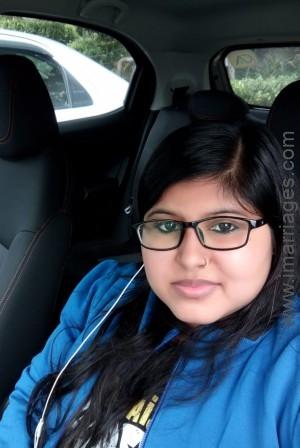












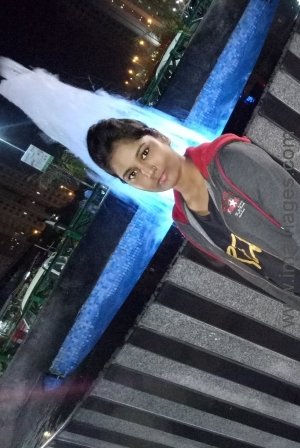










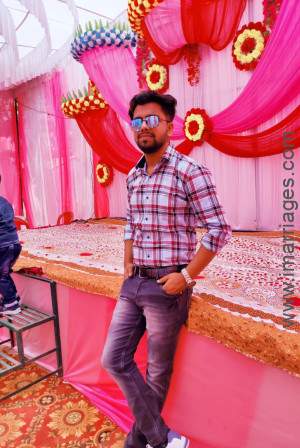

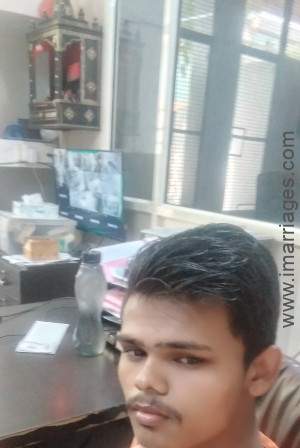


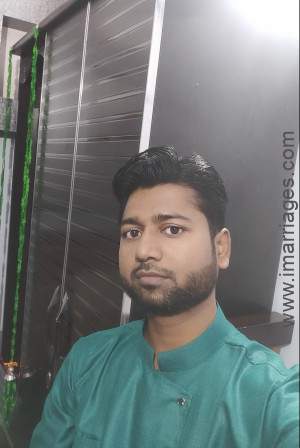




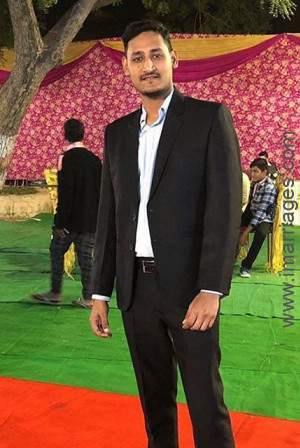
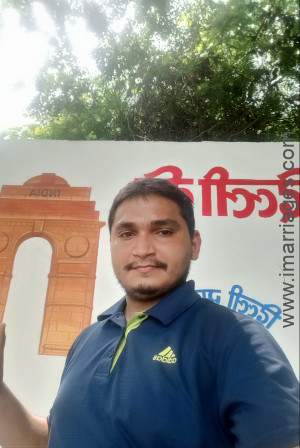








Welcome to Bihari Matrimony by iMarriages, a free matrimony portal for Bihari speakers with thousands of profiles in Bihar and elsewhere.
Bihari matrimony takes place between a bride and groom who speak Bihari as their first language. Bihari is spoken in Bihar and neighboring states in India.
It is difficult to determine how many speakers of Bihari there are due to a lack of reliable sources. It is common for speakers of Bihari to also speak Hindi or Urdu.
Bihari matrimonial is one of the most expounded and exclusive weddings in India. Traditionally a typical Bihari matrimonial ceremony tends to last for an about a month, but due to the paucity of time, the modern ceremony is often only 4-5 days. But still, Bihari weddings are full of various heart-warming pre-wedding, wedding and post-wedding rituals.
To know more about the eye-catching rituals of a Bihari matrimonial let's have a descriptive look at it.
Pre-Wedding Rituals
Satyanarayan Katha - A typical Bihari wedding starts with Satyanarayan Katha, which is a pooja performed by the groom and his parents. Many of the relatives also take part in this pooja. Anyone taking part in the pooja is required to keep a fast for the entire day. At the end of pooja, a havan (sacred fire) is lit by the priest which is to be kept alight for the duration of the wedding festival.
Cheka - This is a formal engagement during which members of groom's family visits the bride's house with gifts, sweets and a piece of jewelry. The next day, a similar ritual is repeated by the bride's side at the groom's house. Traditionally there is no exchange of rings during this ceremony as bride and groom are not supposed to see each other until marriage. But nowadays the customs have been changed and engagement is marked by the exchanging of rings between the bride and groom.
Haldi Kutai - This ritual is performed in a similar way in both the houses. It involves the grinding of the whole turmeric into a paste by the mothers of the bride and groom, along with other married ladies of the families. The grinding takes place, amidst of folk songs giving it a festive feel.
Tilak - This ritual is performed by the bride's brother as a symbol of his acceptance of the alliance. He applies tilak (teeka) on the groom's forehead and presents him and his family with gifts (like silverware, utensils, sweets, jewelry) as a token of good wishes. The groom's wedding attire and the haldi paste (grounded by the bride's mother) are also offered during this ceremony. A lavish dinner is organized for the brother and after that, he is given a formal farewell along with gifts for the bride's family and the bridal attire, nath (nose ring) and maang tika.
Mandappachadan - During this ritual, five senior married male members of the family establish the mandap (pandal) for the wedding which is made from bamboo and decorated with banana and mango leaves. From here on, the marriage rituals will take place beneath this. The harish (a symbol of good agriculture) which is made of wood, is placed in the center of the mandap. This ensures good luck for the couple.
Haldi - It takes place on an auspicious day suggested by the priest at both the bride's and groom's house. The turmeric paste grounded previously is exchanged between the families during Tilak. This paste is then applied to the bride/groom by married ladies amidst a lot of singing and teasing. The Haldi ceremony is repeated again on the morning of the wedding day.
Dhritdhaari and Matripoojan - Dhritdhaari ritual is performed to pacify the soul of ancestors and to seek their blessings for the couple. The Matripoojan seeks the blessings from elders of the family. During this ritual the parents of the bride/groom offer paun pooji (clothes or cash) to the elders as a symbol of honoring them for blessing the prospective bride/groom.
Silpoha - The Silpoha takes place at groom's house during dawn on the wedding day. The groom's mother grinds akshat (rice) on a flat grinding stone under the cover of a chunni (shawl). While grinding, they seek blessings from the almighty and elders for a hassle-free wedding.
Imli Ghutai - It is performed by the groom's maternal uncle-aunt to ward off any bad omen. The uncle then feeds him a betel nut which his mother takes from him and eats it herself, signifying that she shall take away all the bad omens falling upon her son. The groom is then gifted clothes as a mark of blessing by his uncle-aunt.
Wedding Rituals
Paricchavan - When the groom is ready to leave for the wedding venue, his mother performs an aarti, places a tilak on the groom's forehead and blesses her son for an auspicious beginning.
Baraat Prasthaan - The groom leaves for the wedding venue in a decorated car, accompanied by sahwala (best man, usually the younger member of the family). At the wedding venue, the groom's family members are greeted and garlanded by the bride's family. The groom is welcomed by the family priest who applies a tilak and helps him out of the car. The bride's father then escorts him to the wedding venue.
Jaimala - The bride arrives at the venue accompanied by female relatives. She performs an aarti of the groom. This is followed by exchanging of garlands between the couple.
Galsedi - Before the beginning of wedding rituals, the bride's mother along with other married women perform the galsedi ceremony to ward off any evil that he might catch during his journey to the wedding venue. She carries a plate containing a small lighted lamp, betel leaves and small lumps of cow dung. All the women take turn to heat the betel leaves on the lamp and foment the groom's face, forehead and eyes meanwhile throwing the lumps of cow dung behind the groom.
Kangna Bandhana - The groom is escorted by the bride's brother to the wedding Mandap where he is joined by the bride in yellow saree without jewelry. The priest ties the bracelets made of mango leaves, cotton thread, colored rice, turmeric, and money on the couple's right hands, which they will wear for the next four days.
Kanyadaan - It is the most emotional part of all the wedding rituals as it symbolizes the giving away of his beloved daughter to the groom by the bride's father. After this ceremony, the couple changes into their wedding attire gifted by their respective in-laws.
Kuldevta ki puja - Adorned in a new sari and jewelry, the bride is accompanied by the groom to performs prayers to the family deity. Taking a series of vows, the priest makes the planetary bodies (the sun, moon, stars, earth, and sky) witnesses this union of the couple.
Pheras and Sindoor Daan - A wedding knot is tied between the garments of bride and groom and they circumambulate the sacred fire five times. As they move, the bride gently throws lave (roasted husked rice) into the fire from a three-sided conical cane basket known as soop while her brother refills the soop time to time. This is followed by application of Vermillion to the bride's hair parting by the groom. This is repeated five times. The groom finally puts the mangalsutra/taagpaag around the bride's neck to formally end the wedding rituals. The newlyweds then retire in a decorated bridal chamber.
Post-Wedding Rituals
Salami - In the morning following the wedding, all elders of the family pay salami (either in the form of cash or gifts) to the groom. Then the groom seeks permission for departure with his bride.
Vidaai - The bride's brother escorts the newlyweds to a decorated car. This marks a tearful goodbye by the bride to her family.
Swagat Aarti - As the newlywed couple arrives, the ladies of the groom's family perform an aarti and shower them with akshat and flowers to welcome them.
Mooh Dikhai - This is similar to salami ritual performed with the groom at bride's place, in case of bride it is known as Mooh dikhai. In particular, the groom's mother gifts the new bride a pair of gold bangles.
Chauthari - This ritual is performed to thank the god and offer him gratitude for the completion of the wedding ceremonies without any hindrance. A Satyanarayan Katha is organized during this ritual. This is followed by the first entry of bride in the kitchen. This ritual is known as Chauka chulai.